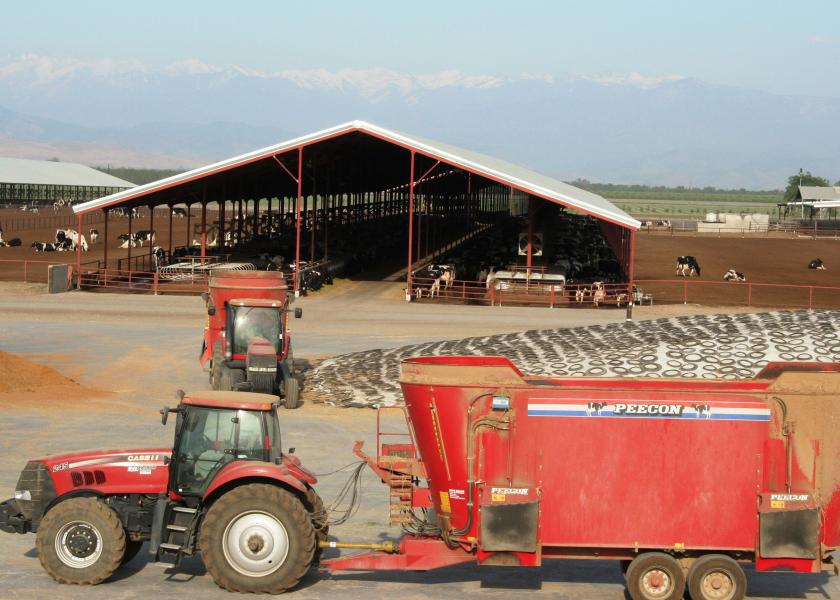Dig Below the Surface of Top Line Data

First looks can be deceiving—especially when it comes to top line data such as tank averages, milk recorded weights and ration balancing targets.
“A dairy farm can generate a lot of numbers for the owner, manager, employees or consultant to use,” says Lane Ely, a dairy nutritionist with the University of Georgia. “These numbers are only useful in decision making if they are used.”
On one dairy Ely was called to, the cows were averaging more then 100 lb of milk/cow/day. But looking at individual milk weights, some cows had zero individual weights per milking, some had more than 90 lb, and others had blank milk weights. The problem was with the parlor’s identification system, and milkers were failing to note when cows were getting zero or blank weights recorded.
“The managers were looking at the pen averages and these looked good,” says Ely. “I was interested in the individual cow milk weights and these problems jumped out. It pays to look beyond your normal values of reference every now and then to see if everything lines up.”
In another herd, cows had gone from 80 lb/cow/day to 50 during a three-month period. “Talking to the manager, he felt that the problem was due to a lot of late lactation cows,” says Ely.
That part was true. “Almost 60% of the cows were 250 or more days in milk,” says Ely, “and they were averaging 45 lb/day.”
But the 30% of the herd with 100 DIM or less were only averaging 58 lb, and their peak milk was only 70 lb with a very quick drop off. The average milk urea nitrogen was 8.9, suggesting a nutrition problem.
The ration was balanced for 80 lb of milk and was being fed and supposedly consumed at 56 lb of dry matter intake. Body condition score of the milking herd was in the 3.5 to 3.75 range. “With that ration, intake and milk production, the facts did not line up,” says Ely.
Closer examination showed that the ration being mixed was not what had been calculated, the amount fed varied feeding to feeding, and bunks were never cleaned out. So dry matter intakes were never calculated using actual data.
“The bottom half of the bunks were full of warm, molding feed causing spoilage of the fresh feed,” he says. “The bottom line was the cows were milking what they were being fed, not what the ration was calculated for.
“This example points out that not collecting data can be just as troublesome as not using the values that you have,” Ely says.







